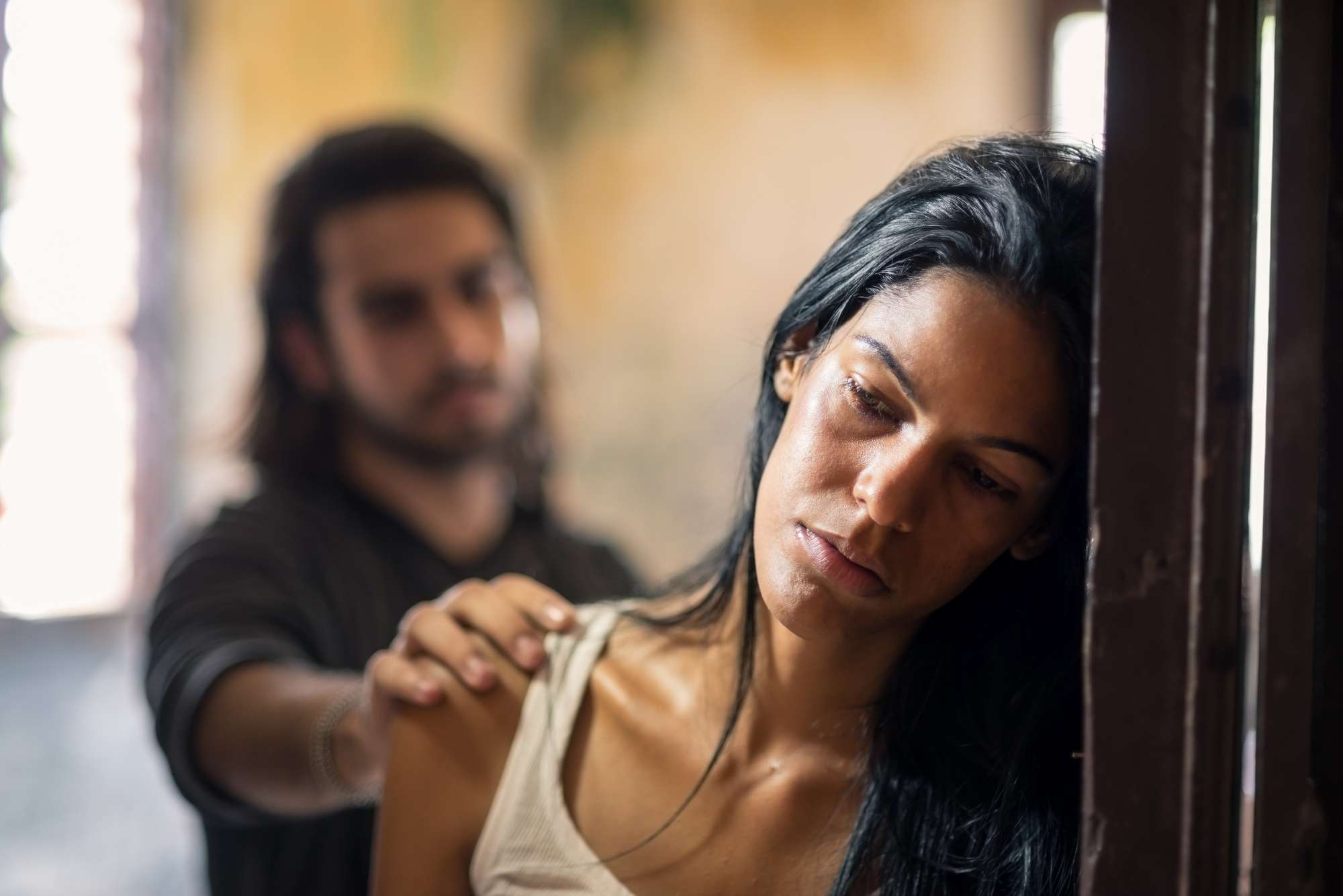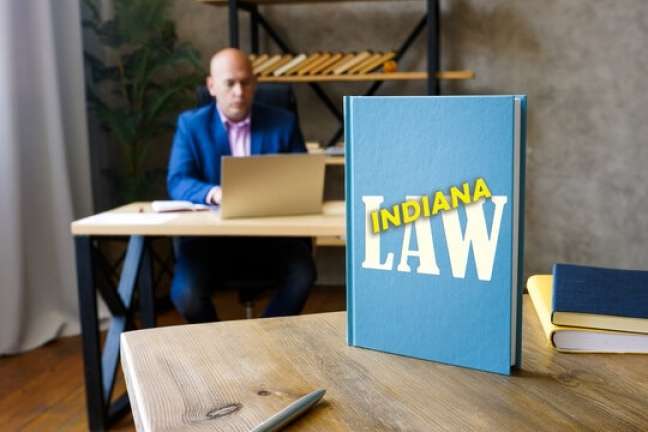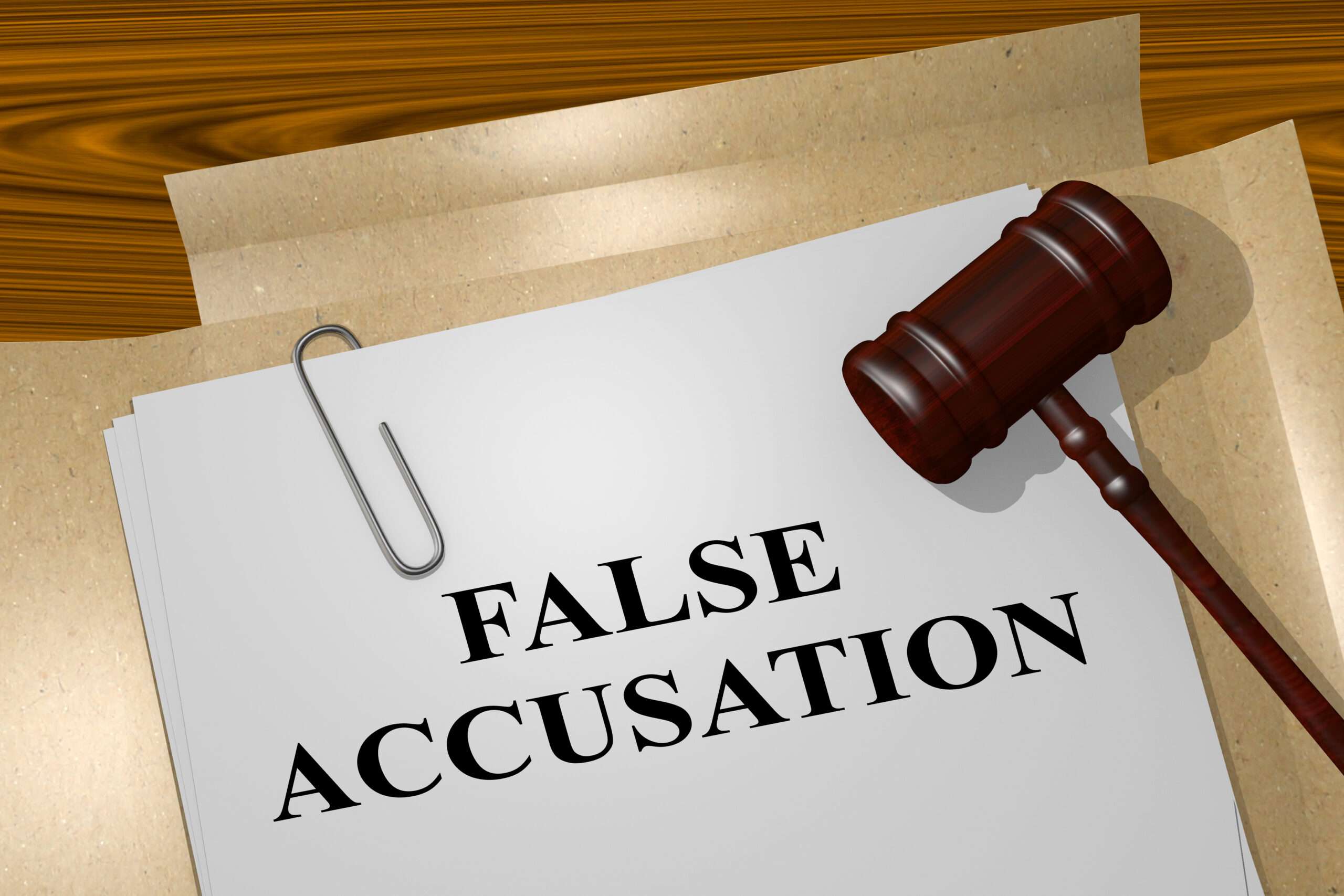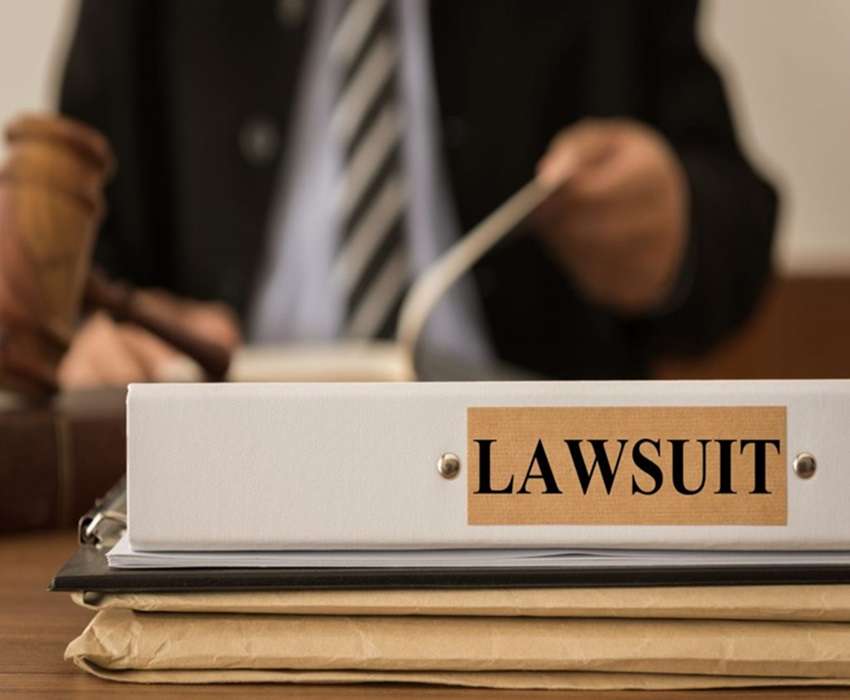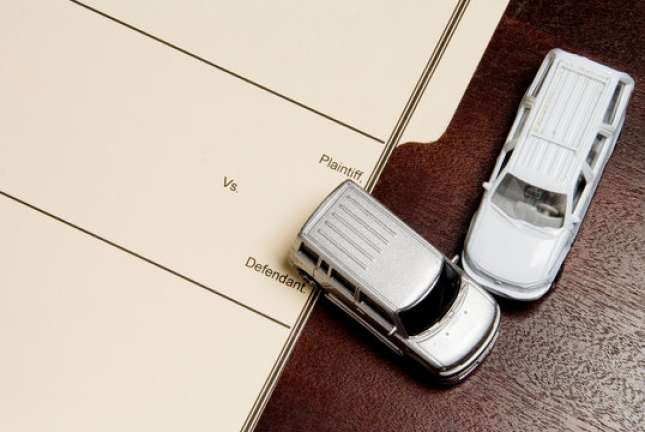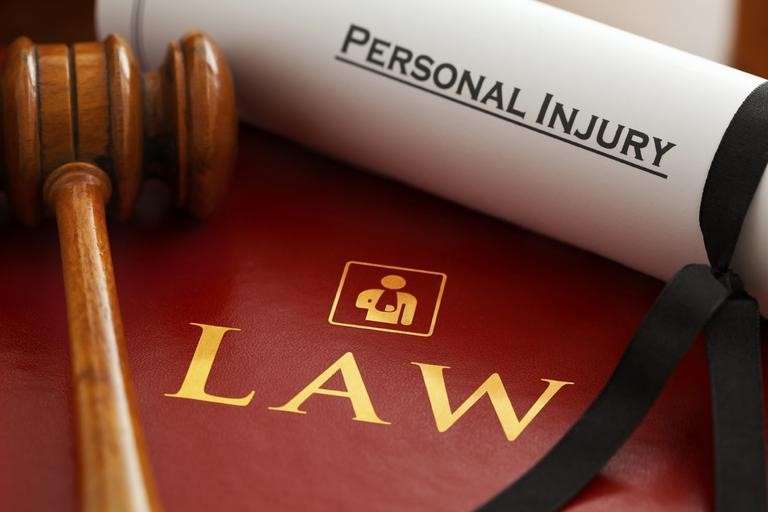While vehicles are a great form of transport and have brought about a great revolution, they don’t come without risks.
If not for the right precautions and safe driving practices, a lot can go wrong when on the road. In Tennessee, the reported number of traffic crash deaths was 259 in 2012.
The risks are even higher for bicycle drivers; in 2013, more than 700 bicyclists died in car crashes. Bikes are particularly unsafe as the rider is exposed and more likely to suffer injury if the bike crashes with a car or a larger vehicle.
Fortunately, following most bike accidents, in Tennessee, you can seek legal assistance from a personal injury lawyer and file a lawsuit against the other driver if they are to blame.
However, most people are unaware of the steps following a bike accident. Keep in mind the following steps in case of any traffic accident:
1. Get off the road but stay on the scene
After an accident, if you can move, you first must get off the road and go somewhere safe. If you stay where you are, the risk of being hit again is exceptionally high.
If you can lift your bike, that would be great; move yourself and your bike onto the sidewalk, but do not leave the site of the accident.
You must be present at the site to gather information from the other driver and be there when the police arrive to take the details. This is important if you seek compensation through a personal injury lawsuit.
Most states like Tennessee have personal injury lawyers who fight for injured individuals in bike accidents.
Here’s a pro tip if you’re in Tennessee. If you’re looking for an attorney, type in attorney Knoxville Tennessee on Google to find a qualified individual and learn facts about accidents to represent your claim in court.
To create a solid argument and increase the likelihood of success, you must be present at the scene to collect the necessary information and give your statement.
2. Look for and assess your injuries
Once off the road, take out a minute to evaluate your injuries. Common bike accident injuries range from lacerations to more serious problems like broken bones or concussions.
You might not feel the injury right after the crash because of the adrenaline. Don’t head off and conclude that you are okay after the crash. You might feel pain a while later. Try moving your hurting joints and feel for broken bones.
Assess your mobility by moving your arms and lifting them above your head. If you can manage, take a walk around the place and check if everything seems okay.
Lastly, check for a concussion; to do so, remove your helmet and see if there are any cracks. If there are, your head likely suffered a blow. If you appear to have a concussion, limit movement to avoid making it worse.
3. Contact the police
The next thing on your mind should be to call the authorities and officially report the incident. When the police arrive, they will take statements from you and the other driver.
If there were witnesses at the scene, they would also give their statements to give a clearer picture of the accident.
Even if the driver has left the accident scene, call the police to give your statement and file a report. In some states, it is recommended that the police be contacted.
While you wait for the police, do not attempt to negotiate with the other driver yourself. They might apologize, take the blame initially, and then turn back on their word, denying that they had anything to do with the accident. The police can officially document the accident and give the driver a ticket; this would help when you want to deal with the insurance company.
When the police arrive, make sure you get your statement taken and give your view of the accident. Often police officers neglect the cyclist and take a statement only from the motorist.
4. Get information from the other driver
Talk to the other driver and obtain their name, address, phone number, email address, vehicle’s license plate number, model, color, and make of the car, insurance information, and the driver’s license number.
The police might ask you later about this information if the other driver leaves the scene before the police arrive.
5. Save evidence
Repeat the incident in your mind and make mental notes for later use. When did it happen? What was the traffic situation at that time? What was the weather condition?
It is best to note this down as soon as possible to retain it. It would be best to take pictures of your damaged bike, your injuries, the car that hit you, and the surroundings as evidence.
If a witness recorded the incident, you should take the video from them and keep it saved on your device.
6. Get medical help
Suppose you did not need emergency medical assistance and stayed at the site of the accident to follow the steps mentioned above.
In that case, it is a good idea to seek medical help now, regardless of how well you feel. You will likely experience mild to serious pain after the crash; if it is minor, don’t neglect it.
Visit the doctor anyways. A headache, confusion, nausea, vomiting, and lapse in consciousness can indicate a concussion and needs professional help as soon as possible.
Scrapes, abrasions, and grazes are common following a bike accident; if the blood doesn’t stop flowing or if the injury is contaminated by road debris, visit a doctor.
Minor scratches can be cleaned and treated at home. If you feel okay, don’t forget to monitor your condition over time. If you feel dizzy or experience pain or confusion, later on, seek medical attention.
7. Contact a personal injury lawyer
The last but very important step is contacting an attorney specializing in bike accidents. The aim is to get compensation from the other driver for medical bills, damage to the vehicle, lost wages, etc., if they were at fault.
Final words
Bike accidents are common, with the bike and rider suffering more damage than the vehicle. You should know what to do if you are in such an unfortunate road accident.
Take steps to ensure your safety; assess your injuries, call the police, get important information from the other driver, keep evidence, get medical help, and contact a personal injury lawyer.





